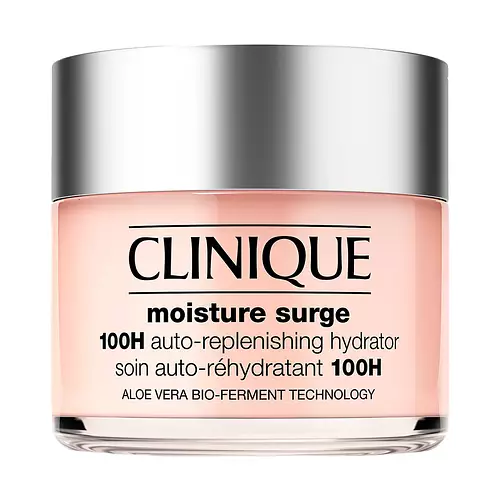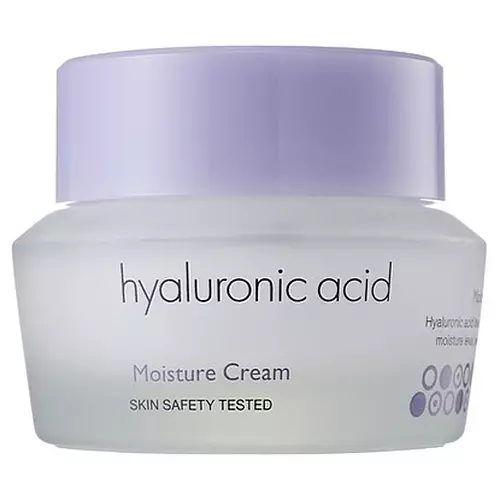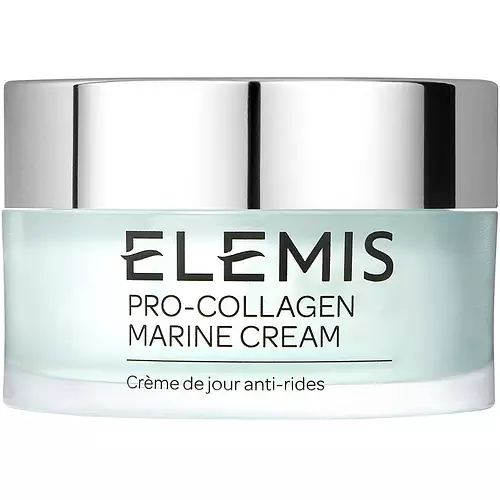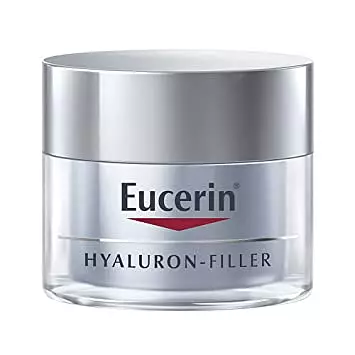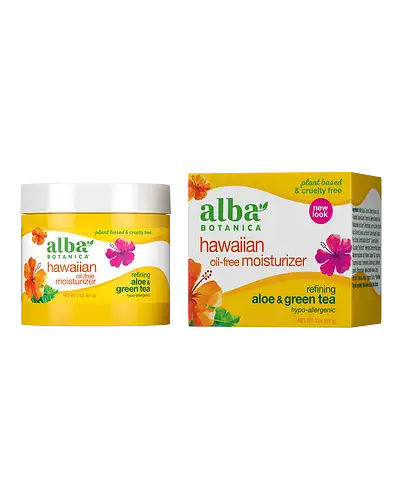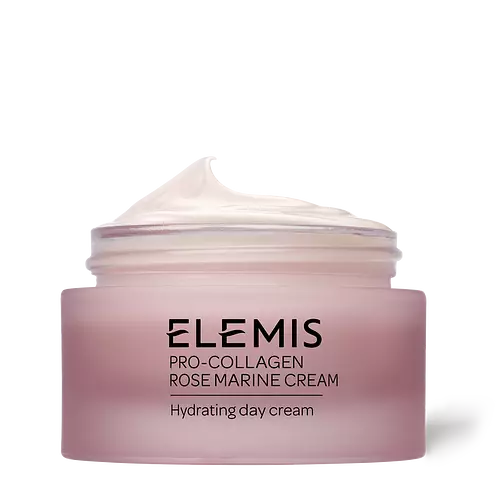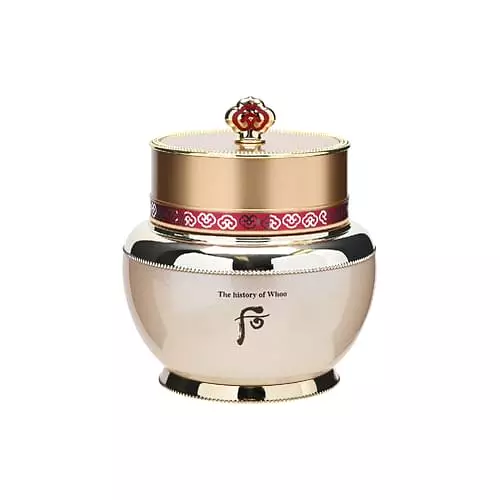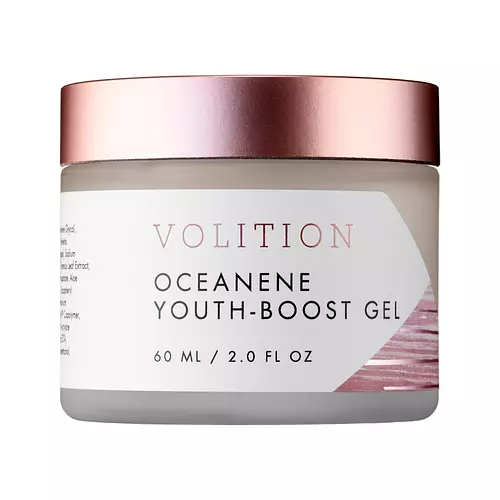Dr. Jart+ Cicapair Intensive Soothing Repair Gel Cream Versus Clinique Moisture Surge™ 100-Hour Auto-Replenishing Hydrator
Updated on February 02, 2024
Overview
What they are
These products are both reef safe general moisturizers. They have a total of 6 ingredients in common
Cool Features
They both contain peptides
Suited For
They're both likely to be good for fighting acne, anti aging, dry skin, brightening skin, sensitive skin, reducing pores and dark spots
Free From
They both do not contain any harsh alcohols, common allergens, oils, parabens or sulfates
What's Inside
They both contain silicones
We independently verify ingredients, and our claims are backed by peer-reviewed research. Spot a product that needs an update? Let us know.
Ingredient Info
Dr. Jart+ Cicapair Intensive Soothing Repair Gel Cream 37 ingredients
Clinique Moisture Surge™ 100-Hour Auto-Replenishing Hydrator 43 ingredients
At a glance
Click on any of the items below to learn more
Dr. Jart+ Cicapair Intensive Soothing Repair Gel Cream 37 ingredients
Clinique Moisture Surge™ 100-Hour Auto-Replenishing Hydrator 43 ingredients
Notable Ingredients
This product contains 1 ingredient that may have this attribute:
This product contains 1 ingredient that may have this attribute:
Benefits
This product contains 1 ingredient that may have this attribute:
This product contains 1 ingredient that may have this attribute:
This product contains 3 ingredients that may have this attribute:
This product contains 1 ingredient that may have this attribute:
This product contains 1 ingredient that may have this attribute:
This product contains 1 ingredient that may have this attribute:
This product contains 1 ingredient that may have this attribute:
This product contains 1 ingredient that may have this attribute:
This product contains 2 ingredients that may have this attribute:
Notable Ingredients
This product contains 1 ingredient that may have this attribute:
This product contains 1 ingredient that may have this attribute:
This product contains 1 ingredient that may have this attribute:
This product contains 1 ingredient that may have this attribute:
Benefits
This product contains 2 ingredients that may have this attribute:
This product contains 1 ingredient that may have this attribute:
This product contains 1 ingredient that may have this attribute:
This product contains 1 ingredient that may have this attribute:
This product contains 2 ingredients that may have this attribute:
This product contains 1 ingredient that may have this attribute:
This product contains 1 ingredient that may have this attribute:
This product contains 3 ingredients that may have this attribute:
Ingredients Side-by-side
Ingredients Explained
These ingredients are found in both products.
Ingredients higher up in an ingredient list are typically present in a larger amount.
Water. It's the most common cosmetic ingredient of all. You'll usually see it at the top of ingredient lists, meaning that it makes up the largest part of the product.
So why is it so popular? Water most often acts as a solvent - this means that it helps dissolve other ingredients into the formulation.
You'll also recognize water as that liquid we all need to stay alive. If you see this, drink a glass of water. Stay hydrated!
Learn more about WaterGlycerin is already naturally found in your skin. It helps moisturize and protect your skin.
A study from 2016 found glycerin to be more effective as a humectant than AHAs and hyaluronic acid.
As a humectant, it helps the skin stay hydrated by pulling moisture to your skin. The low molecular weight of glycerin allows it to pull moisture into the deeper layers of your skin.
Hydrated skin improves your skin barrier; Your skin barrier helps protect against irritants and bacteria.
Glycerin has also been found to have antimicrobial and antiviral properties. Due to these properties, glycerin is often used in wound and burn treatments.
In cosmetics, glycerin is usually derived from plants such as soybean or palm. However, it can also be sourced from animals, such as tallow or animal fat.
This ingredient is organic, colorless, odorless, and non-toxic.
Glycerin is the name for this ingredient in American English. British English uses Glycerol/Glycerine.
Learn more about GlycerinButylene Glycol (or BG) is used within cosmetic products for a few different reasons:
- It is a solvent, meaning that it helps to dissolve other ingredients. This also enhances the absorption of the product into one's skin.
- It is a humectant, which means that it helps attract moisture into the skin.
- It helps improve product application.
Overall, Butylene Glycol is a safe and well-rounded ingredient. It is unlikely to irritate skin, and works well with pretty much all other ingredients.
Tromethamine is an aliphatic compound. An aliphatic compound is an organic compound with open-chained carbon atoms. It is synthetically created. Tromethamine is used to balance pH and improve texture.
As an emulsifier, Tromethamine prevents oil and water ingredients from separating. This helps stabilize the product and elongate a product's shelf life. Tromethamine also makes a product thicker.
Tromethamine helps balance the pH level of a product. Normal pH level of skin is slightly acidic (~4.75-5.5). The acidity of our skin is maintained by our glands and skin biome. Being slightly acidic allows our skin to create an "acid mantle". This acid mantle is a thin barrier that protects our skin from bacteria and contaminants.
Oral Tromethanmine is an anti-inflammatory drug but plays the role of masking, adding fragrance, and/or balancing pH in skincare.
1,3-Propanediol, 2-amino-2-(hydroxymethyl)-
Learn more about TromethamineAcrylates/C10-30 Alkyl Acrylate Crosspolymer is a synthetic polymer. It is used to thicken and improve the texture of products.
Acrylates/C10-30 Alkyl Acrylate Crosspolymer is also an emulsifier. Due to its properties, it can prevent water and oil ingredients from separating.
CI 19140 is also known as Tartrazine. Tartrazine is a synthetic dye used in cosmetics, foods, and medicine to add a yellow color.
Tartrazine is created from petroleum and is water-soluble.
Some people may experience allergies from this dye, especially asthmatics and those with an aspirin intolerance.
Learn more about CI 19140Ingredient Ratings
Here's what our community thinks of the ingredients in these products.
When to use
Dr. Jart+ Cicapair Intensive Soothing Repair Gel Cream 37 ingredients
Clinique Moisture Surge™ 100-Hour Auto-Replenishing Hydrator 43 ingredients

Reviews
Here's what our community thinks
Dr. Jart+ Cicapair Intensive Soothing Repair Gel Cream 37 ingredients
Clinique Moisture Surge™ 100-Hour Auto-Replenishing Hydrator 43 ingredients
miss_dior
Clinique Moisture Surge 100H Auto-Replenishing Hydrator
My skin type: Dry, sensitive, eczema and redness-prone.
How long have I been using it? Two...
Clinique Moisture Surge 100H Auto-Replenishing Hydrator
My skin type: Dry, sensitive, eczema and redness-prone.
How long have I been using it? Two months.
Rating: 4.5 out of 5 stars.
Pros:
- Highly moisturizing, it does exactly what it promises
- Very light, pleasant gel-like texture, absorbs easily into the skin
- Excellent as a makeup base
- Allergy tested and fragrance-free, it did not irritate my sensitive skin. (still smells really nice)
- Contains some really good ingredients, like aloe vera, green tea extract, glycerin, hyaluronic acid and vitamins C and E.
- Non-comedogenic, suitable for all skin types.
- Quite affordable, since a little bit goes a long way.
Cons:
- It may not be hydrating enough for extremely dry and dehydrated skin.
- Not cruelty-free.
- Personally, I do not buy the 100 hours of hydration it supposedly offers. Still a very hydrating product, but this feels more like marketing than anything.
Would I recommend it? Yes, but mostly for normal or combination skin types. Very dry or very oily skin types might need a different product.

